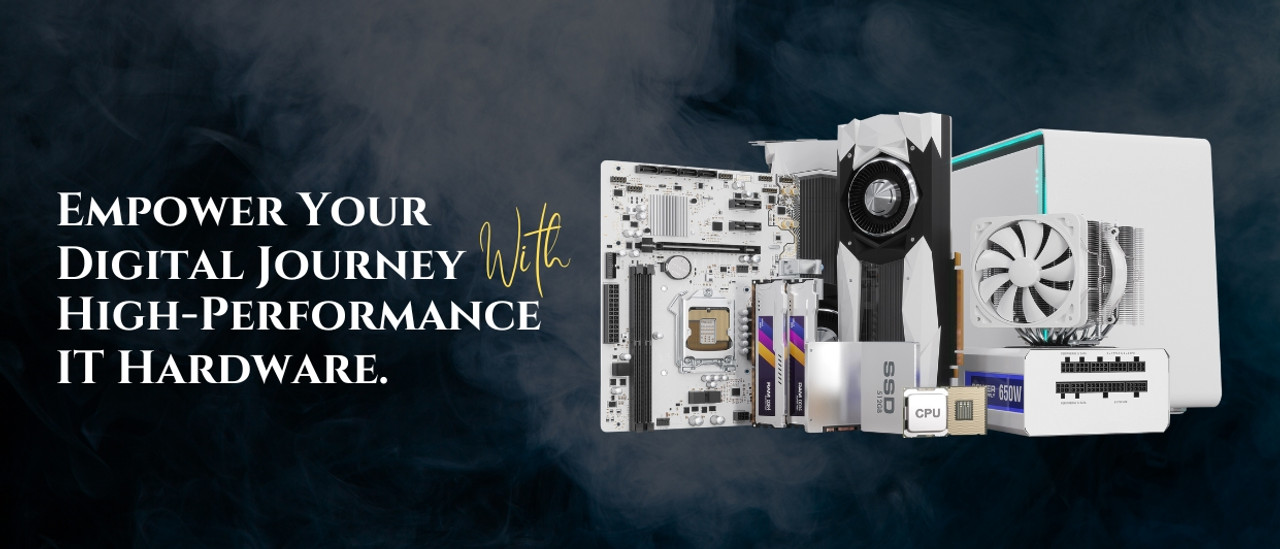Open Essex
Site blog

In the digital age, data is constantly in motion—traveling across homes, offices, and the cloud. At the center of this communication is the networking switch, a critical device that keeps information flowing quickly and accurately. A networking switch is a piece of hardware that connects devices within a local area network (LAN) and uses MAC addresses to forward data to the correct destination.
Unlike hubs, which send data to every connected device, switches are smarter. They know exactly where each device is and send data only to the intended recipient. This not only boosts network efficiency but also improves security and bandwidth usage.
How Do Switches Work?
A networking switch operates at Layer 2 of the OSI model—the data link layer—but some advanced switches also function at Layer 3, adding routing capabilities. When a device connects to the switch and sends data, the switch inspects the packet, identifies its destination MAC address, and delivers it to the appropriate port. Over time, it builds a MAC address table, learning which devices are connected to which ports.
This intelligent handling of traffic minimizes collisions and ensures a smooth network experience, even when multiple devices are communicating simultaneously.
Types of Networking Switches
Switches come in several forms depending on the complexity and size of the network. Unmanaged switches are plug-and-play devices, ideal for small networks with minimal configuration needs. Managed switches, on the other hand, offer advanced features like VLAN support, traffic monitoring, and remote management, making them perfect for enterprise environments.
There are also PoE (Power over Ethernet) switches that deliver power and data through a single cable, simplifying setup for devices like IP cameras and wireless access points.
Why Are Switches Important?
Networking switches are the backbone of most internal networks. Without them, data traffic would be chaotic, slow, and vulnerable to interference. Whether it’s for running a busy office network or powering smart home devices, switches ensure seamless communication between devices.
As businesses increasingly rely on cloud services, VoIP, and video conferencing, the need for fast, reliable switches has never been greater. A well-chosen switch can dramatically enhance performance, reduce latency, and improve user experience.
Conclusion
Networking switches may not be the most glamorous piece of technology, but they are absolutely vital. From small homes to massive data centers, switches quietly handle the task of keeping everything connected. Understanding their role helps users and businesses make smarter decisions about how they build and maintain their networks.

Laptop memory, also known as RAM (Random Access Memory), is a crucial component in determining your device's performance. RAM temporarily stores the data your laptop needs to access quickly, allowing it to run applications, load files, and switch between tasks without delays.
Types of Laptop Memory
When it comes to laptop memory, there are several types to consider. The most common are DDR3, DDR4, and DDR5. DDR stands for Double Data Rate, and each generation represents an improvement in speed, efficiency, and power consumption.
-
DDR3: This is the older generation of memory and is now less common in new laptops. It still offers decent performance but at a slower rate compared to its successors.
-
DDR4: Currently the most popular choice, DDR4 provides faster speeds and lower power consumption compared to DDR3. It’s widely available and suitable for most users.
-
DDR5: The latest in laptop memory technology, DDR5 offers significantly higher speeds, making it ideal for gamers, content creators, and anyone who demands high performance.
How Much Memory Do You Need?
The amount of RAM you need depends on your usage. For light tasks like web browsing and document editing, 8GB of RAM should suffice. However, if you’re running multiple applications simultaneously or engaging in resource-heavy tasks like gaming or video editing, you may want to opt for 16GB or even 32GB of RAM.
Why Is Laptop Memory Important?
Laptop memory is vital for ensuring smooth multitasking and fast processing speeds. Insufficient RAM can cause your laptop to slow down, freeze, or crash when handling multiple applications. Upgrading your RAM can give your laptop a significant performance boost, especially when running more demanding software.
Choosing the Right Memory for Your Laptop
When upgrading or purchasing laptop memory, ensure compatibility with your device. Most laptops support DDR4 memory, but it’s essential to check your device’s specifications. Additionally, consider the maximum RAM capacity your laptop can handle, as some devices may not support higher capacities.
Conclusion
Laptop memory is an integral part of your device’s overall performance. Understanding the different types and how much RAM you need can help you make an informed decision when purchasing or upgrading. Whether you're upgrading your current laptop or buying a new one, optimizing your memory can enhance speed, efficiency, and your overall user experience.